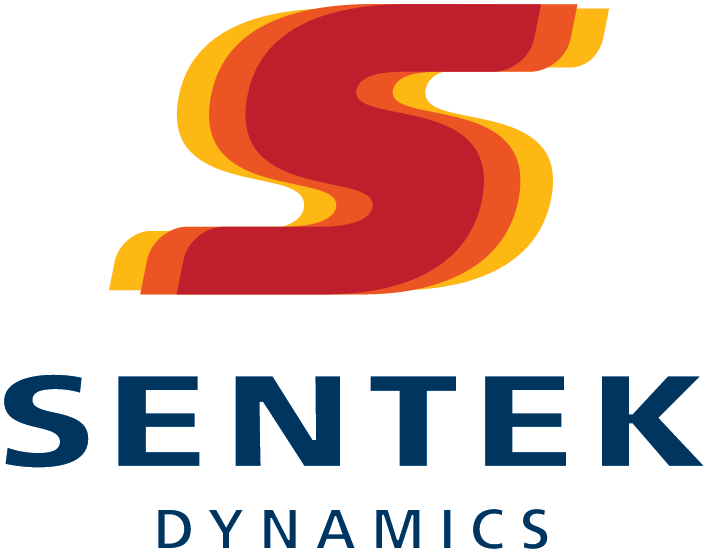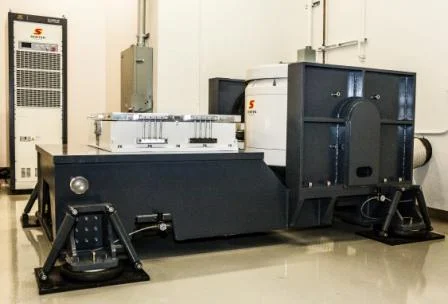Executing a sine vibration control test is a common method of verifying the performance of the manufactured product under real world conditions. However, there are various challenges that could hinder a successful sine sweep test. These challenges include system structural dynamics (resonances and anti-resonances present in the system), sensor placement location, measurement dynamic range, and sensor quality and mounting method.
Read moreGround Vibration Testing (GVT)
Ground Vibration Testing (GVT) includes the modal analysis of an aircraft and its sub-assembly components to analyze and detect any changes to their structural properties. The modal parameters determined through testing are then used to validate the analytical models. The modal characteristics are also used to predict the flutter of the aircraft in order to create a safe flight envelope before flight operation.
Read moreDual Shaker Sine Vibration Testing at Sentek Dynamics Lab in Charlotte, NC
Watch a dual shaker sine test performed on the Sentek Dynamics M5044A-PA155-LST900M Dual Shaker Vibration Testing System featuring Crystal Instruments Spider vibration controller.
Read moreComparison of Multi-Resolution Spectrum Technology and Regular FFT in Modal Analysis
Modal testing and analysis are crucial processes in the product development cycle. Sometimes the testing results are wrong by several magnitudes, especially in the low frequency bands where the frequency resolution is not sufficient. Crystal Instruments’ patented Multi-Resolution (MR) Spectrum technology helps overcome this issue with a unique solution. A modal test is carried out to examine data obtained through regular FFT technology and MR technology to quantify the modal results, such as damping, FRF amplitude, Auto-MAC chart, and mode shapes.
Read moreComparison of Multi-Resolution Spectrum Technology and Regular FFT in Modal Analysis
A modal test is carried out to examine data obtained through regular FFT technology and MR technology to quantify the modal results, such as damping, FRF amplitude, Auto-MAC chart, and mode shapes.
Read more
